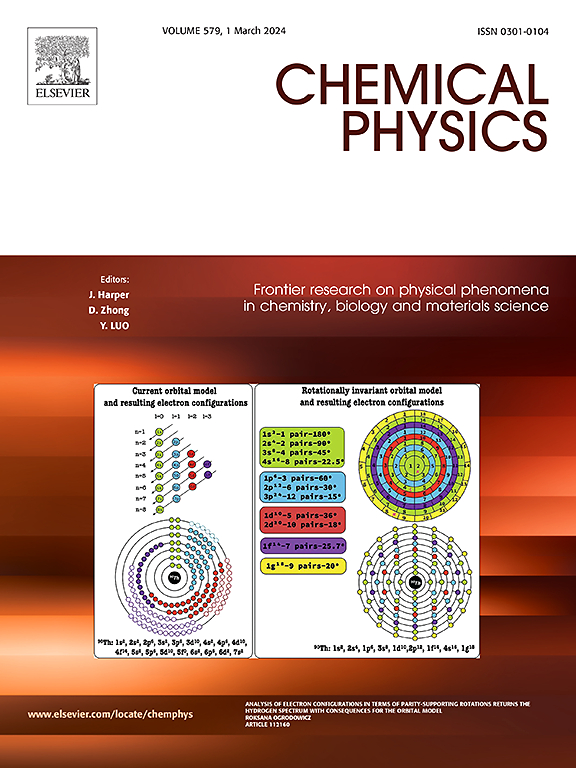Effect of quantum interference and doping on thermoelectric performance in GYNR and GYCNNR molecular junctions with PBCF-graphene nanoribbon electrodes
IF 2
3区 化学
Q4 CHEMISTRY, PHYSICAL
引用次数: 0
Abstract
In carbon-based molecule rings, quantum interference and doping can be employed to enhance the thermoelectric properties by controlling charge transport. Towards this goal, we investigate the thermoelectric performance of GYNR and GYCNNR molecular junctions with PBCF-graphene nanoribbon electrodes by applying the nonequilibrium Green’s function technique and Landauer transport theory. The results reveal that the thermoelectric properties can be greatly enhanced in both GYNR and GYCNNR molecular junctions at positive energies where manifests a constructive quantum interference. While in negative energy region, their thermoelectric performances are very low due to destructive quantum interference. Especially, the nitrogen-atom doped L-GYCNNR-M-PBCFs can obviously suppress phonon transport, resulting in a lower phonon thermal conductance, and effectively tune the electronic properties and seebeck coefficient. Furthermore, the length of carbon chain between GYNR (or GYCNNR) and BCF-graphene nanoribbon electrodes can also significantly regulate the electronic transport properties and thermoelectric performance. As a result, the figure-of-merit will be over 2 in L-GYNR-M-PBCF, and over 5.5 in L-GYCNNR-M-PBCF at room temperature.
求助全文
约1分钟内获得全文
求助全文
来源期刊

Chemical Physics
化学-物理:原子、分子和化学物理
CiteScore
4.60
自引率
4.30%
发文量
278
审稿时长
39 days
期刊介绍:
Chemical Physics publishes experimental and theoretical papers on all aspects of chemical physics. In this journal, experiments are related to theory, and in turn theoretical papers are related to present or future experiments. Subjects covered include: spectroscopy and molecular structure, interacting systems, relaxation phenomena, biological systems, materials, fundamental problems in molecular reactivity, molecular quantum theory and statistical mechanics. Computational chemistry studies of routine character are not appropriate for this journal.
 求助内容:
求助内容: 应助结果提醒方式:
应助结果提醒方式:


